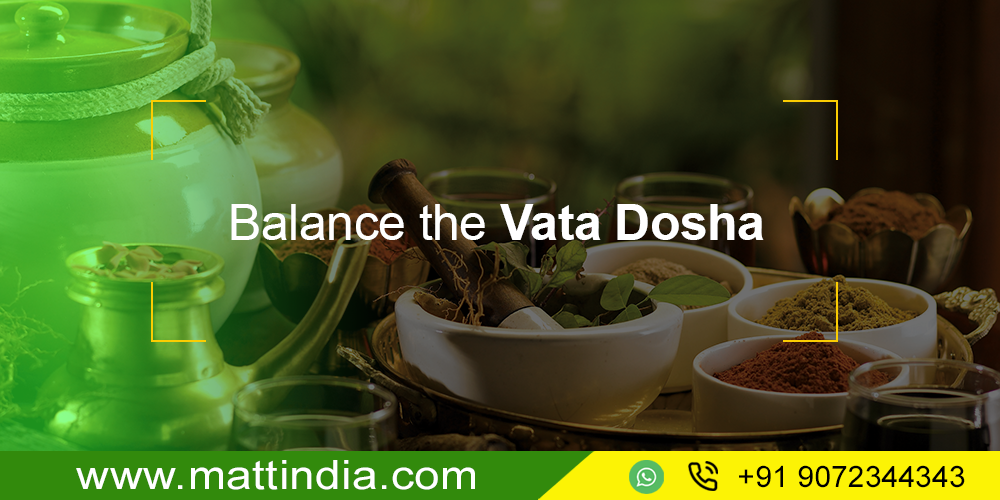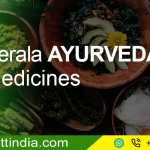The meaning of vata is to blow or move like the wind. The elements like space and air comprises vata that manages for all movements of mind and body. This controls the evacuation of wastes, blood flow, breathing and movement of thoughts across the brain. Vata is cold, dry, light, subtle, moving, changeable, quick and rough.
Kapha and pitta dosha can’t move without Vata. The vata seems to be the pioneer of three ayurvedic body types. It is mandatory to keep vata in a good balance.
Stay calm and warm
When you relax, you feel cheerful and well. This makes a comfortable, warm place, a warm bed and hot water shower for relaxation. Ayurveda prescribes oil application and massaging the body as the ideal approach to balance the vata dosha.
Opt for a conventional ayurvedic body massage called Abhyanga or do a self-massage. Heat treatments and different stream balances vata. You can use hot stones, electric warming pads, or a steam chamber.
In ancient days, they would heat a big stone and the person would lie down on the stone that takes away excess vata. Several types of heat and steam treatments are prescribed for vata balances.
Nourishment
The major factor that influences vata is food. Frozen food, cold food, dried food, large beans, foods with astringent, bitter and pungent flavours aggravates the vata.
Whereas consuming sour, sweet, salty flavours with oil, sweet and rich foods balances vata. Hot foods affect the vata balance, while frozen foods disturb the balance. It is important to know how several food types affect your body.
Meditation
Meditation calms and balances the body along with steam, massage and heat treatments. With the life-supporting habits, vata balances the pains and small aches of the body to disappear. This type of positive actions generally balance the vata.








